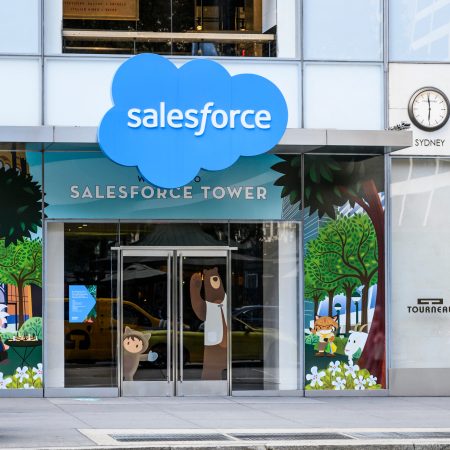
Data silos create barriers throughout your business that can limit the effectiveness of your organization in maintaining profitability and achieving central milestones. When you leverage all of the key information you make your operations lean, powerful, and precise as they deliver results to the customer.

What is a Data Silo?
Data silos refer to the separation of data by department, or between software within a company or organization. The same data set may exist in duplicates or be held in separate applications throughout the information system. It may also only exist in one silo. The data becomes inaccessible or invisible to other software systems and departments who could benefit from having it.
Separation of information weakens your business. Furthermore, each department or facet of your organization doesn’t operate in a vacuum. Instead, they all operate interdependently. They require accessible data that doesn’t require you to jump through hoops to retrieve.
What Issues Can Data Silos Pose to Business?
The separation of data into silos can easily become an expensive and time-consuming guessing game. Much like a cluttered attic, things are harder to find when they’re in closed software. When your business’ data is siloed, it becomes difficult to find and access mission-critical information. This also makes it extremely difficult to compile and analyze details to get the most cohesive view of your business.
Often, separate departments use numerous applications to store separate data from the rest of the company. This further compartmentalizes and isolates key information, and wracks up quite a bill for each additional program. Besides creating information barriers, this adds more work and processes for staff to deal with. The apps cannot share account information and other details instantaneously. So, staff must take extra steps to secure and validate the data for their various uses. This often means re-entering information into other applications or updating them manually every time the information changes. This leaves a lot of room for errors to occur which can cause problems later.
No Connection = No ROI
According to a F5 survey, 54% of surveyed users around the world, from various organization sizes, were using between 1 and 200 applications. Some enterprise companies were using even more apps. All of this use is simply excessive and unnecessary for efficiency and cost. What’s more is that many of these apps were not integrated or equipped to work together, thus complicating communications and processes.
This over-compartmentalization of data also increases the risk of making blind-sighted, one-dimensional business decisions. Without a 360-degree view of your business, you wind up making decisions based on fractional or one-dimensional views. In summary, you can’t make the best-informed decisions to maintain or evolve your organization.
In order to bridge these software gaps, integration or connectors are necessary. However, these solutions typically come with a high cost, both in outright in initial implementation prices and maintenance expenses to ensure continued functionality. Even with an established integration, you still may have obstacles to access data as connection dysfunctions can still occur. Your time and financial resources are positively impacted by more intuitive solutions. Fortunately, more and more companies are breaking down silos by focusing on software that emphasizes connectivity.
Break Down Silos: Use Native Applications
Begin by condensing the number of apps your company uses. Focus on solutions that emphasize features like flexibility, visibility, and their optimization for collaboration. The best way to accomplish this is to use a management system like Salesforce CRM. This is because the native applications on the platform are not siloed at all. Instead, they are designed to share data with each other. The cultural and technical issues of a siloed ecosystem are eliminated instantly.
You don’t have to worry about data or manual input when you manage your applications on a single platform. Traditional, multi-platform integration is unnecessary. Save your company valuable resources by ensuring your data can be shared more efficiently and securely. Staff will be able to collaborate more effectively and focus on higher priority tasks by not wasting time with constant data entry and validation. All you have to focus on is enhancing your business and customers’ experience.
See Accounting Seed in action
Get a close-up view of how accounting on Salesforce can eliminate the need for costly integrations—and silos of mismatched information—by sharing the same database as your CRM.



